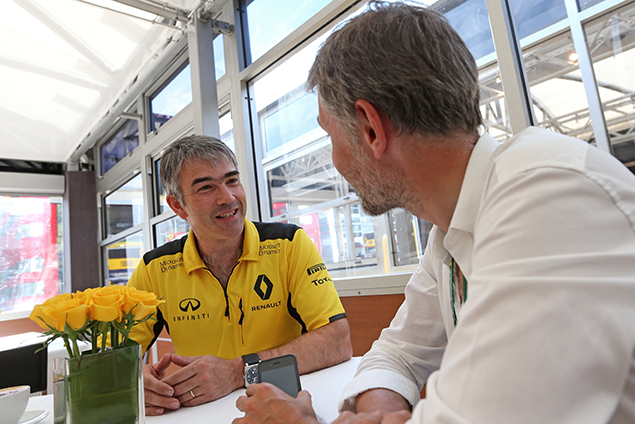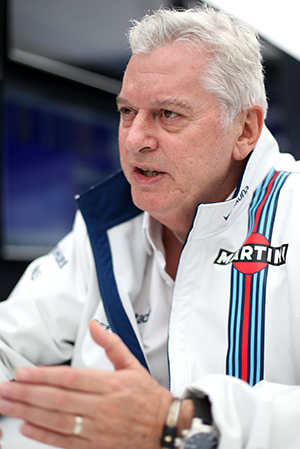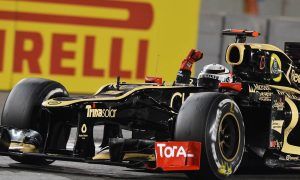
STRUCTURAL CONSTRAINTS
The increase in cornering speed also presents F1 engineers with a sizeable challenge.
“The load on the engine increases as well: as the car goes round a corner quicker, the bending load on the chassis and the engine, the bit between the gearbox and the monocoque, increases,” Cowell added. “Some of the loads in the engine go up considerably.
“The whole structure of the car needs to be up to react. Also all the liquids in the engine… You always look at the engine when it is stationary, [when] there aren’t any g-forces on it. But when you have got a 5g corner, it is quite extreme, it is hard to keep all the liquids in the engine and in the tank, in the place that you want it to be.”
What’s more, the extra grip and drive coming from tyres that are 25% wider will mean shorter braking distances as well as earlier and more abrupt upshifts out of a corner, leading to a spike in fuel consumption.
Meanwhile, the energy balance between the internal combustion engine (ICE), and both motor-generator units (MGU-K and MGU-H) will also shift, as Red Bull chief engineer, performance engineering, Pierre Waché explained to AUTOhedbo.
“Energy recovery will change as well,” the Frenchman said. “Braking phases will be shorter, which means less kinetic energy harvested. Meanwhile, there will be longer periods of open throttle, so more energy recovered at the exhaust. To simplify things, a lot of circuits will now have Monza-like features.”







